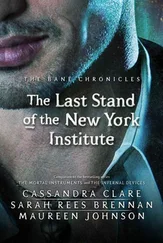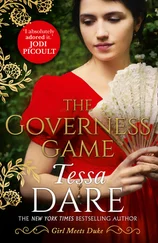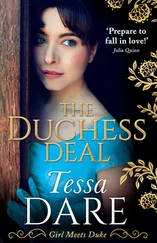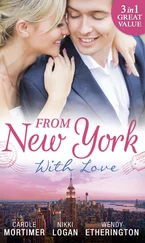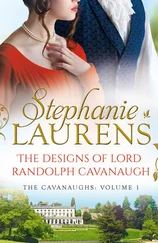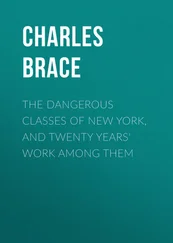Inspired by his challenge to think for ourselves, I tried an experiment in his course. Instead of cranking out the usual dry précis of one of the heavyweight books we read each week, I let my imagination go to town, comparing Ortega y Gasset’s Revolt of the Masses with a Hemingway story.
When Mills handed back the papers, he scanned the classroom and asked with sly curiosity, “Which one is Wakefield?”
I took a deep breath and held up my hand.
“See me after class,” he said.
In his office, I waited in suspense while Mills sat behind the desk, stoked up his pipe, and looked me over. Finally he asked what had made me write a paper comparing Ortega and Hemingway. I confessed I was bored by simply recounting the contents of the book in précis form.
“My God, I’m bored too, reading the damn things,” he said, and we both laughed.
He told me to “do some more,” continue to experiment. I started going to his office after class to talk about the latest paper, and these discussions broadened into friendly inquiries about my plans and goals, and even—to my flattered surprise—a sharing of his own work and concerns. I think he felt a bond with me because of our similar backgrounds as middle-class boys from the hinterlands who made it to the intellectual center, New York. I told him how my admiration for White Collar had inspired me to take his course, and he said what the book meant to him personally.
“I met a woman at a cocktail party who really understands me,” he said. “She told me, ‘I know you, Mills. I’ve read White Collar and I know what it’s all about.’ I asked her to tell me, and she said, ‘That’s the story of a Texas boy who came to New York.’” Mills paused, frowning, and then broke into a giant grin and said, “My God, she was right.” As he later wrote, White Collar was “a task primarily motivated by the desire to articulate my own experience in New York City since 1945.”
I was glad to learn that Mills was more interested in the personal vision than in polls and statistics. He thought of himself as a writer rather than a sociologist, and attributed an almost magical power to the process of writing. Hadn’t it brought him, with academic whistle-stops along the way, out of Texas to New York City and national prominence? He proudly explained how he managed to escape a teaching post in the farmlands of Maryland, proclaiming in his booming tone, “I wrote my way out of there!”
When I confessed I wanted to write novels someday, Mills said he had a friend named Harvey Swados who’d just finished his first novel, to be published in the coming year.
“Oh yes,” I said, “it’s called Out Went the Candle .”
“How did you know that?” Mills asked.
In a recent issue of New World Writing , I’d read a short story by Swados called “The Dancer,” an allegory of a favorite fifties theme: a pure artist selling out to crass commercialism and dying as a result. The short author’s bio mentioned his forthcoming novel. I said I was eager to read it.
“Would you like to meet Harvey?” Mills asked.
That was like asking me, ten years before, if I’d like to meet Blanchard or Davis, the stars of the Army football team.
The following week, I took the bus for the short trip up the Hudson to Rockland County, and Mills picked me up at the Nyack station in a well-worn but sporty red MG convertible. He drove me to his comfortable old frame house, which had floor-to-floor ceiling bookcases he had built in. He introduced me to his wife, Ruth, a tall blond, welcoming woman who immediately put me at ease. She had a zest and humor that matched Mills’s, as well as a formidable, if unassuming, intellect.
Harvey Swados and his wife, Bette, arrived with a bottle of wine and a bubbling cheerfulness. Harvey and Mills were colleagues as well as neighbors, reading each other’s manuscripts and offering criticism, advice, and support. Harvey was a “promising young writer” of short stories that dramatized concerns such as Mills addressed in White Collar , like the threat to individual freedom from new technology and corporate conformity.
The two couples took me in, making me feel a part of their good-humored camaraderie rather than like a mere student who was ignorant of their worldly wisdom. I needn’t have worried about keeping up with their intellectual allusions; the evening turned on Mills’s display of his latest motorcycle equipment, which he’d ordered from a magazine. Harvey ribbed him about that, saying it reminded him of a kid mailing in boxtops. Enjoying the kidding, Mills with jocular pride got out his new crash helmet, and to show how effective it was, he put it on and banged his head against the living room wall, sending us into hilarious laughter.
Mills became a friend whose help and guidance would see me through the early years in New York. Columbia had not only provided me with an education but a new family as well, in the city I’d adopted as home.
If the real lions of Columbia were its star professors, I sensed very soon that some of my fellow students were future lions. They had come to the university to excel, to learn at the feet of great men in order to aim for greatness themselves, or at least to ascend to the highest ranks in their field. The college was a training ground for ambitious and talented cubs, especially those who would find careers in the media, whose national headquarters were based in New York—which, after all, was our laboratory. In 1952, the year I arrived at Columbia, the editor of the student newspaper was Max Frankel, who eventually became executive editor of the New York Times; the editor of the literary magazine was Robert Gottlieb, the future editor of The New Yorker; and the editor of the college yearbook was Roone Arledge, who years later became president of ABC News.
Some undergraduates already had a leonine aura about them, an air not of arrogance but of mission, as if they were ready to stride from the classroom to the IRT downtown local and take their places in New York, which was the world. I was awed most of all by Frankel, who was not just editor of the Spectator but also served as campus correspondent for the New York Times . I was further impressed because he was the first student I knew who always seemed to be wearing a suit. It was usually dark, worn with a white shirt and dark tie, and I took it as a symbol of the dignity of his office, a kind of uniform for those who bore the honor of representing the stately Times .
As a cub reporter when he was a senior, I didn’t get to know Frankel well, but found him to be a serious, soft-spoken man whose intensity about his job did not prevent him from being gracious to a newcomer from the wilds of the Midwest. I immediately assumed—and reported this back to my high school journalism teacher—this man would someday be editor of the Times .
In his office, now forty years later, Frankel tells me how he got his start as campus correspondent for the Times . His friend Dave Wise, from the High School of Music and Art in Manhattan, worked on Spec and landed the job of Columbia correspondent for the New York Herald Tribune . The year after Frankel came and started working on Spec , the prized job of Times correspondent, then held by Nancy Edwards, opened up.
Wise saw Max at the Spectator office and said, “Now I have to decide whether to shift to the Times or stay at the Tribune .” The two young men walked across Broadway to Prexy’s (home of “the Hamburger with the College Education”), where they sat at the counter and talked it through over coffee.
Читать дальше

